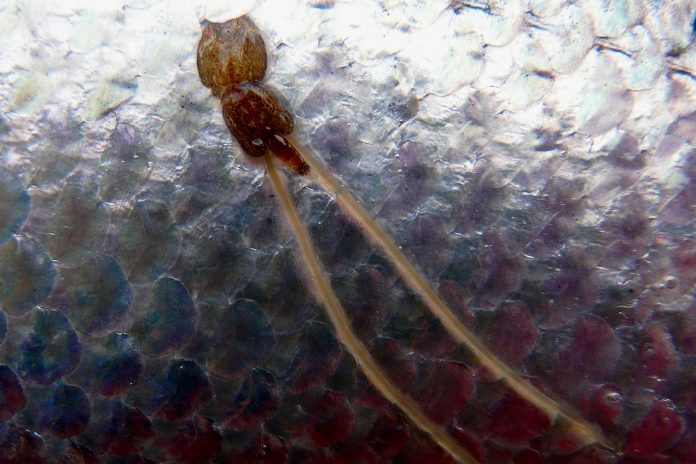14 out of 512 farms were above the lice limit in the last week of July.
According to Dagens Næringsliv this is less than half as many as at the same period in 2015 and 2016.
A report from the Norwegian bank Nordea states: “The lice situation is significantly better than in the previous two years and the growth in the sea seems favorable.”

– Too early to conclude
Bjarne Bjørshol is a senior Advisor at The Norwegian Food Safety Authority. He believes that although the number of sites in breach of maximum sea lice levels is substantially lower this year, it is too early to conclude that all is well.
“During August-October, the “oxygen test ” takes place due to rising temperatures, and usually more lice are found at that time of the year,” he told iLaks.
Salmon sales flourish
According to the Norwegian Food Safety Authority, so far five out of 200 breeders reported in August that they are over the lice-limit, but the deadline for reporting has not yet expired.
One of the companies that is benefiting from the improved situation is Ellingsen Seafood in Lofoten.
So far this year, the company has sold more salmon than during the whole year in 2016.
“We are slaughtering fish this year that we have not even treated for salmon lice, and it is from plants where we last had to have emergency salmon treatment due to illness,” Line Ellingsen, Director of Ellingsen Seafood, told Dagens Næringsliv.
Minimal use of drugs
The main aim of the aquaculture industry is to sustain the levels of adult female lice at a low number over time, with minimal use of drugs.
According to Bjarne Bjørshol at The Norwegian Food Safety Authority, this year’s decline is due, among other things, to the use of cleaning-water, more preventive lice work and the use of various non-drug methods.
He further states that the number of drug lice treatments has been reduced considerably.

